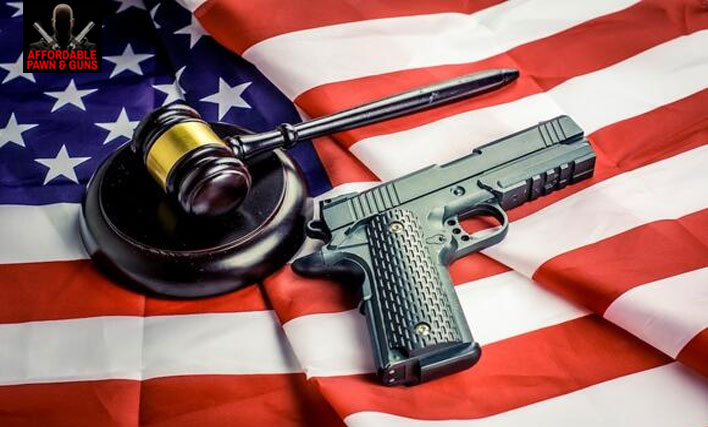
Overview:
When purchasing a firearm from a Federal Firearms License (FFL) dealer, you may need to navigate an FFL transfer. This process involves legally transferring the firearm from the dealer to you, the buyer. To help you understand and successfully complete an FFL transfer, we have put together a comprehensive guide. Additionally, we will introduce affordable pawn shop options for FFL transfers. With this guide, you will be well-equipped to navigate the FFL transfer process and save money on your firearm purchase.
1. Understand the Laws:
Before embarking on an FFL transfer, it's crucial to understand the federal, state, and local laws regarding firearms. Familiarize yourself with the applicable regulations to ensure compliance throughout the process.
2. Choose a Reputable FFL Dealer:
Select a reputable dealer to ensure a smooth and legal transfer. Research dealers in your area, read reviews, and consider their years of experience and customer satisfaction.
3. Verify the FFL Dealer's License:
Verify that the dealer holds a valid FFL license by checking the ATF's (Bureau of Alcohol, Tobacco, Firearms, and Explosives) website or contacting them directly.
4. Place an Order:
Once you have chosen a dealer, place an order for the firearm you wish to purchase.
5. Provide Dealer Information:
When placing an order, provide the dealer with your information, including your name, contact information, and address. This information will be used for conducting the background check.
6. Complete Necessary Forms:
Fill out the required forms, including the ATF Form 4473. This form collects information about the buyer and is necessary for the background check.
7. Undergo Background Check:
As part of the FFL transfer process, you will undergo a background check to ensure you are eligible to purchase a firearm. This check verifies your criminal history, mental health records, and other relevant factors.
8. Wait for Approval:
After completing the necessary forms and background check, you will need to wait for approval from the National Instant Criminal Background Check System (NICS).
9. Pay Transfer Fees:
Once approved, you will need to pay the transfer fees to the FFL dealer. These fees can vary, so it's essential to inquire about the cost upfront.
10. Find an Affordable Pawn Shop:
If you want to save money on your firearm purchase, consider using a pawn shop for the FFL transfer. Pawn shops often offer lower transfer fees compared to traditional gun stores.
11. Research Pawn Shop Options:
Research pawn shops in your area and inquire about their FFL transfer services. Look for shops that have experience with firearms and a good reputation in the community.
12. Compare Transfer Fees:
Contact multiple pawn shops and inquire about their transfer fees. Compare the fees to ensure you are getting the best deal.
13. Ask About Additional Services:
In addition to transfer fees, ask about any additional services or charges that may apply. Some pawn shops offer services like firearm cleaning or maintenance at an additional cost.
14. Provide Dealer Information:
Once you have chosen a pawn shop, provide them with the dealer's information, including their FFL license number. This information is necessary for the transfer process.
15. Complete the Transfer:
Follow the instructions provided by the pawn shop to complete the FFL transfer. This typically involves the pawn shop contacting the dealer, arranging the transfer, and ensuring all necessary paperwork is completed.
Conclusion:
By following this comprehensive guide and utilizing affordable pawn shop options, you will be able to navigate FFL transfers with ease and save money on your firearm purchase. Remember to always prioritize safety, legality, and compliance with applicable laws throughout the process.
More Posts




.jpg)
